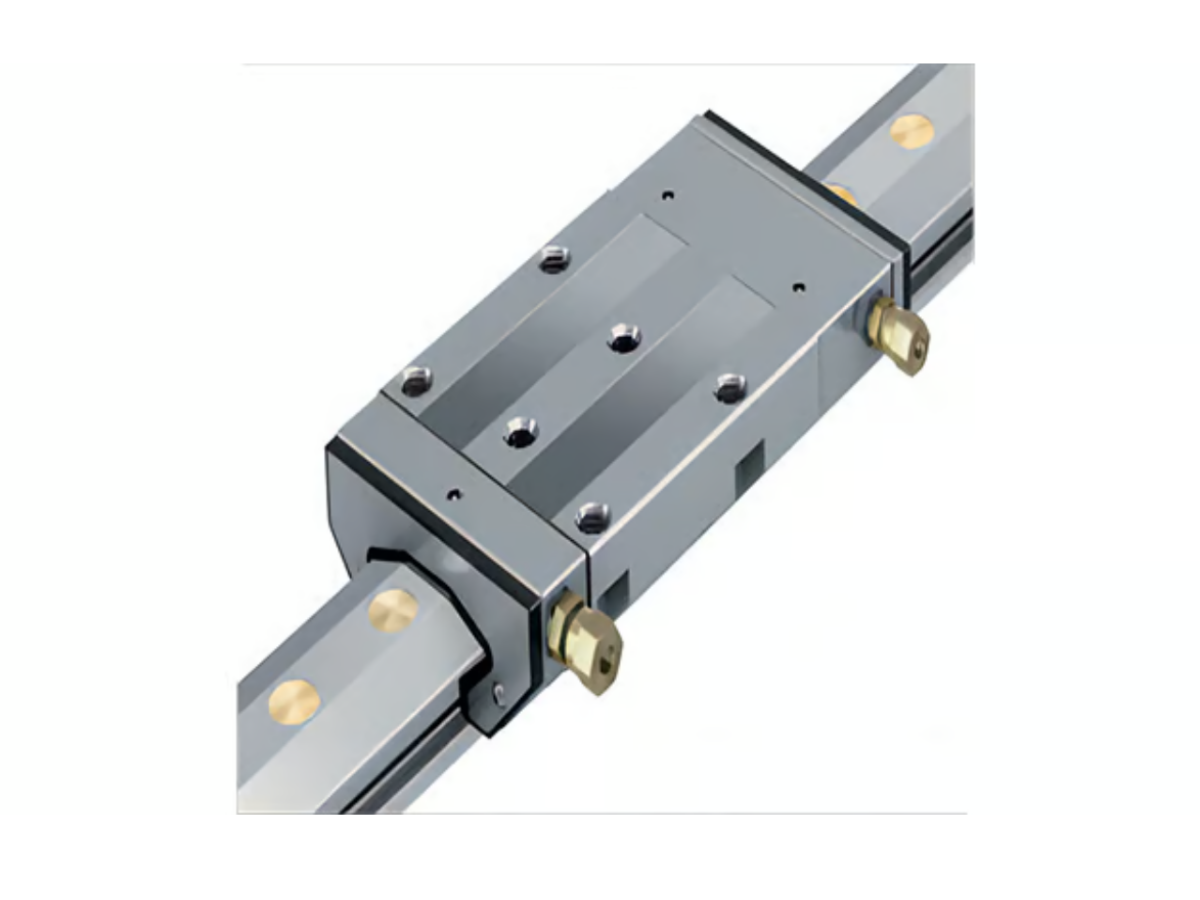Introduction
Linear guide rails are an important component in many industrial and manufacturing settings. They help to ensure smooth and precise movement of machinery and equipment, reducing friction and wear and tear. In this article, we will explore what linear guide rails are, how they work, and their benefits.
What Are Linear Guide Rails?
Linear guide rails, also known as linear motion guides, are mechanical components that are used to guide and support moving parts in a linear or straight line motion. They consist of a rail or track that is typically made from aluminum or stainless steel, and a carriage or slider that moves along the rail. The carriage or slider is typically made from steel or plastic and contains rolling elements such as balls or rollers, which enable smooth and precise movement.
How Do Linear Guide Rails Work?
Linear guide rails work by reducing friction and wear between the moving parts of machinery and equipment. The rolling elements in the carriage or slider are designed to roll along the rail, rather than slide, which reduces friction and wear. This helps to prolong the life of the moving parts and reduces the need for maintenance.
Benefits of Linear Guide Rails
Linear guide rails offer a number of benefits for industrial and manufacturing applications. These include:
1. Precise and smooth movement: Linear guide rails enable precise and smooth movement of machinery and equipment, which is essential in many applications where accuracy is critical.
2. Reduced friction and wear: The rolling elements in the carriage or slider reduce friction and wear between the moving parts, which helps to prolong their life and reduce the need for maintenance.
3. High load capacity: Linear guide rails are designed to support high loads, making them ideal for heavy-duty applications.
4. Easy installation: Linear guide rails are easy to install and can be used in a wide range of applications, making them a versatile component for many industries.
Conclusion
Linear guide rails are an essential component in many industrial and manufacturing applications. They help to ensure smooth and precise movement of machinery and equipment, reduce friction and wear, and offer a range of other benefits. By understanding what linear guide rails are and how they work, you can choose the right components for your applications and ensure optimal performance and longevity.

